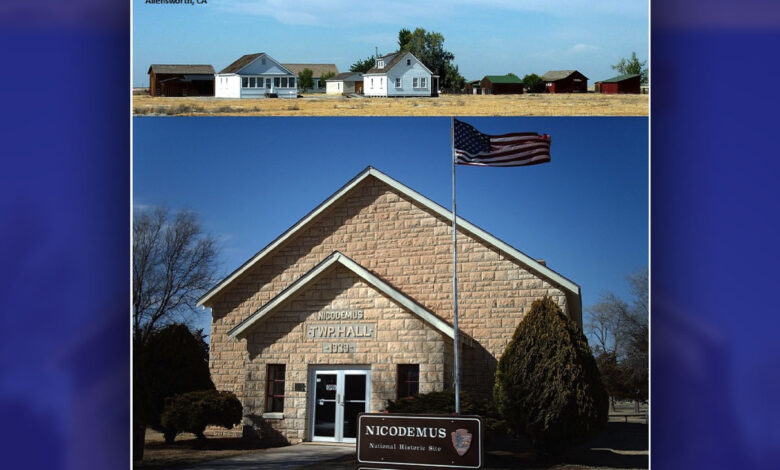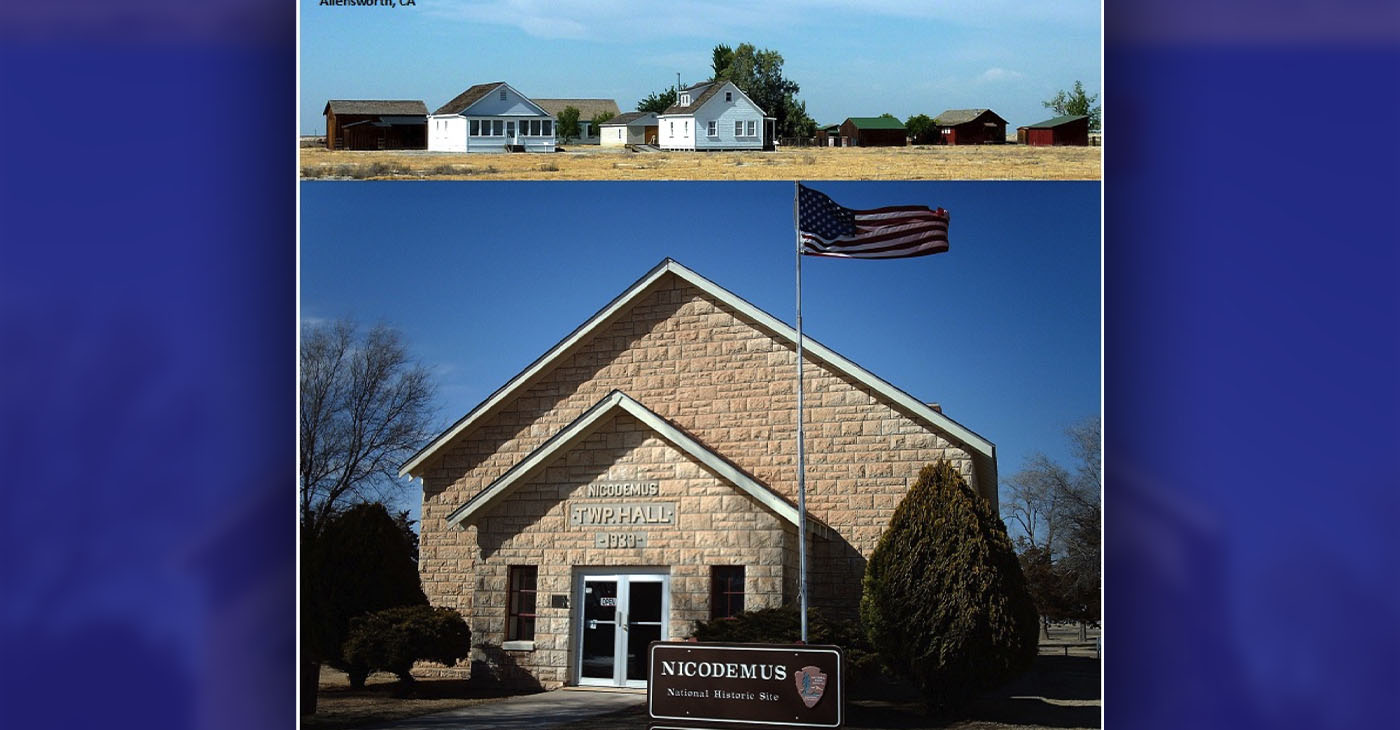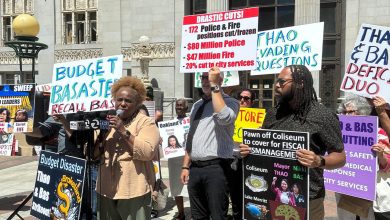Before Chocolate Cities: The New Promised Land

By Tamara Shiloh
During the late 19th and 20th centuries, at least 88 and as many as 200 Black towns were established throughout the United States. Mostly or completely Black incorporated communities with autonomous Black city governments and commercially oriented economies, these cities were created with purposeful economic and political motives.
The greatest draw to these cities was the ability to escape racial oppression, control one’s economic destiny, and prove Black capacity for self-government. They were thought to be the New Promised Land. Texas would lead the effort with the founding of Shankleville Community (1867) and Kendleton (1870), both populated by ex-slaves from the surrounding countryside.
At the end of the Reconstruction-era South, Nicodemus, Kansas, (1877) was founded by newly freed slaves.
The land on which Nicodemus and other Black communities in Kansas stood turned out to be unproductive for agriculture. Natural drought cycles diminished efforts to raise crops. Despite this setback, the lifestyle remained better than that of the South. Instead, residents built houses, businesses, clubs, churches, and schools. They also “participated in political and commercial life in ways previously denied to them,” according to the National Park Service website.
Nicodemus, populated with some descendants of the original settlers, still stands. The 2020 census reported its population to be 14.
On June 30, 1908, Allen Allensworth, a former soldier, and William Payne, a teacher, created the California Colony and Home Promoting Association. It was soon dubbed Allensworth. It had a depot station on the main Santa Fe Railroad line from Los Angeles to San Francisco, the soil was fertile, the water seemingly abundant, and the acreage was plentiful and reasonably priced, according to the News One website.
The town became a member of the county school district and the regional library system. There, the first Black Justice of the Peace in post-Mexican California was elected. By 1914, it boasted 100 residents. Most of the adults worked 10-acre farms nearby, which they purchased for $110 per acre on an installment plan.
Allen Allensworth, in 1914, lobbied for an educational institute. That’s when a series of methodical racist acts began to trigger the community’s decline. The Santa Fe Railroad built a spur line to neighboring Alpaugh, depriving Allensworth of its lucrative carrying trade. Santa Fe also refused to hire Blacks as managers or ticket agents of the station located in the colony despite repeated letters and recriminations.
Powerful white farmers diverted the White River to irrigate their own crops and cut off Allensworth’s supply. The Pacific Farming Company then failed to honor its commitment to supply sufficient water for irrigation. But the largest factor in the community’s decline was Allen Allensworth’s death. By 1920, people began to leave the area.
On Oct. 6, 1976, what was once a thriving Black community was dedicated as a park.
Read more about the dynamic network of cities and towns built, maintained, and defended by African Americans in “Chocolate Cities: The Black Map of American Life,” by Marcus Anthony Hunter and Zandria F. Robinson
The post Before Chocolate Cities: The New Promised Land first appeared on Post News Group.





